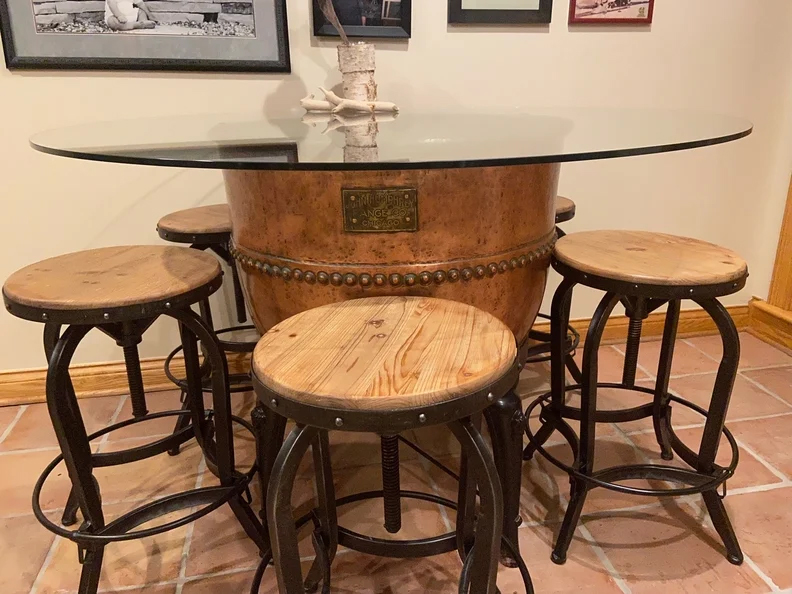Zengeler Cleaners, founded in 1857 and now based in Northbrook with eight stores on the North Shore, has learned to pivot over the years.

Tom Zengeler, 59, fifth-generation owner and CEO of the family company, says Zengelers before him soldiered on through all kinds of calamity. But the greatest of all, he says, has been the COVID-19 pandemic and the new turn to work at home. Business has plummeted for all dry cleaners, many of them pushed out of business, while survivors like Zengeler provide lessons in finding opportunity in even the worst of circumstances.
In 2018, Zengeler had 107 employees and annual revenues above $10 million. “The first year that COVID hit, in 2020, we lost 85% of our business overnight. It was PPP money that kept us going,” Zengeler says, referring to the government’s Paycheck Protection Program. In 2021, he says, his business recovered to the point that sales came in 35% below 2018 levels. This year’s volume has climbed back to within 10% of 2018 levels, though the workforce has recovered to just 45 people. Two of his four cleaning plants that had closed two years ago are still dark, with work consolidated at the other two.
Nearly a third of metro Chicago’s dry cleaners have vanished in the past two years, Zengeler and others estimate. Some of the casualties in this low-margin industry were undercapitalized all along, but others were, like Zengeler, high-end family businesses with long histories behind them, such as the now-closed Schultz & Odhner in Wilmette. Many cleaners fell into decline 15 years ago when smoking in public places was banned.
“Clothes smelling of smoke were a prime reason for people to get their clothes professionally cleaned,” Zengeler says. “Smoking was good for us.” On the other hand, he adds, the increasing penetration of women into the workforce has been a boon to cleaning: “Women are more particular about their clothes and how they look,” he says.
Dry cleaners are pivoting today in myriad directions. Zengeler has de-emphasized old staple services like laundering shirts and recently focused instead on cleaning household goods. The company takes in higher-profit comforters, bedspreads, sheets and blankets. Zengeler doesn’t clean many ties and suits these days, but men are still wearing chino trousers that look fresh and crisp only when pressed by a professional. Women are even sending in their Lululemon athletic wear.

“People are dressing more casually, but at the same time they have gotten used to the convenience of service,” says Mary Scalco, CEO of the Dry Cleaning & Laundry Institute in suburban Washington, D.C. “They don’t mow their own lawns or wash their own cars anymore or even go out to get their food. It’s all brought to them. So they are now getting used to bundling even sheets and pillow cases and towels that they once washed at home and sending them out to be commercially cleaned.”
There has been a thinning of the herd, which has been good for survivors. It isn’t that easy, however. Most workers in a dry cleaning plant earn between $15 and $20 an hour. Many who were laid off, as in the hospitality industry, appear to be gone for good. Zengeler says he hopes to reopen one of his mothballed plants soon, though to do that “we need to hire another 15 employees. It’s very hard to hire anybody right now.”
Automation has probably saved his business as much as anything, Zengeler says. Every garment is barcoded now. Bagging is automated. An assembly area that once required a half-dozen workers each day now gets by with just one.
Zengeler has given out pay raises to keep staff while dealing with an explosion in costs. A box of 500 hangers once priced at $23 has soared past $100. Soap and solvent costs are up 40%. “We’ve had to keep raising prices and our customers seem to understand,” Zengeler says.
Read the Original Article on ChicagoBusiness.com

